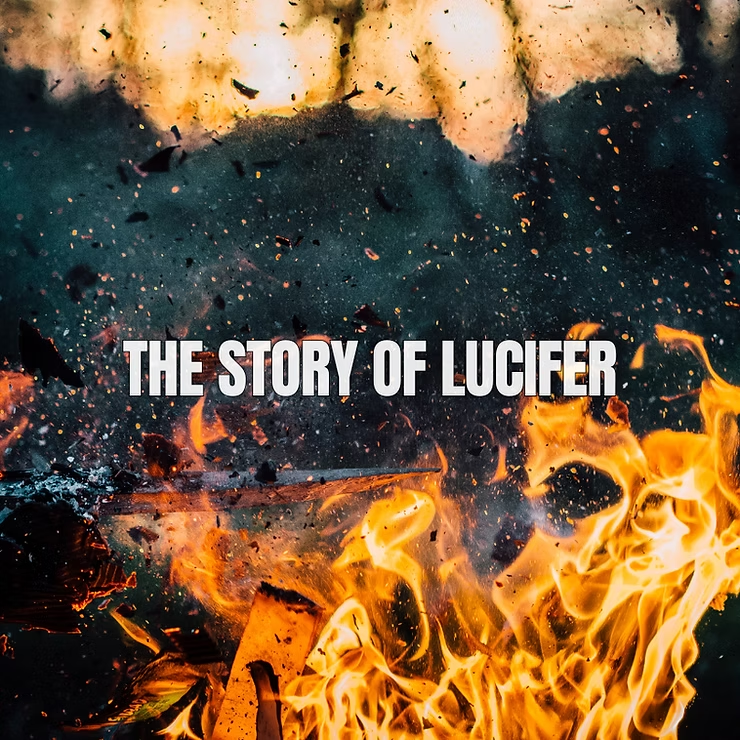The Fall of Lucifer: From Angel to Adversary
This dramatic transformation story explores how pride corrupted heaven’s most glorious being, creating the archetype of evil that continues to fascinate across millennia.
Core Elements of the Narrative
- Lucifer as God’s most beautiful and powerful creation
- Pride corrupting perfect harmony
- Failed heavenly rebellion
- Transformation into Satan
- Eternal opposition to divine authority
Lucifer’s Heavenly Origins
Original Glory
Before his fall, Lucifer possessed:
- Unparalleled beauty and wisdom (Ezekiel 28:12-15)
- Position as worship leader (Isaiah 14:12-14)
- Proximity to God’s throne
- Name meaning “light-bringer” or “morning star”
The Seeds of Rebellion
Factors leading to his downfall:
- Pride in his own perfection
- Desire for God’s position
- Corruption of other angels
- Rejection of divine authority
The Great Rebellion
The Fateful Choice
Lucifer’s decisive actions included:
- Declaring “I will ascend to heaven” (Isaiah 14:13)
- Gathering angelic followers
- Attempting to overthrow God’s rule
The Consequences
Results of the failed coup:
- Cast out of heaven (Luke 10:18)
- Transformation into Satan (“adversary”)
- Creation of hell as prison for rebels
- Eternal enmity established
Lucifer’s Ongoing Role
Biblical Activities
Key interventions include:
- Tempting Adam and Eve (Genesis 3)
- Challenging Job’s faithfulness (Job 1-2)
- Opposing Jesus’ ministry (Matthew 4)
- Influencing Judas’ betrayal (John 13:27)
Theological Significance
Lucifer represents:
- The danger of pride and autonomy
- The reality of spiritual warfare
- The need for divine grace
- The ultimate victory of good over evil
Cultural Depictions
Literary Interpretations
Notable portrayals in:
- Dante’s Inferno as frozen emperor of hell
- Milton’s Paradise Lost as tragic hero
- Modern fantasy as charismatic antihero
Screen Representations
Memorable performances:
- Al Pacino in The Devil’s Advocate
- Tom Ellis in Lucifer TV series
- Viggo Mortensen in The Prophecy

